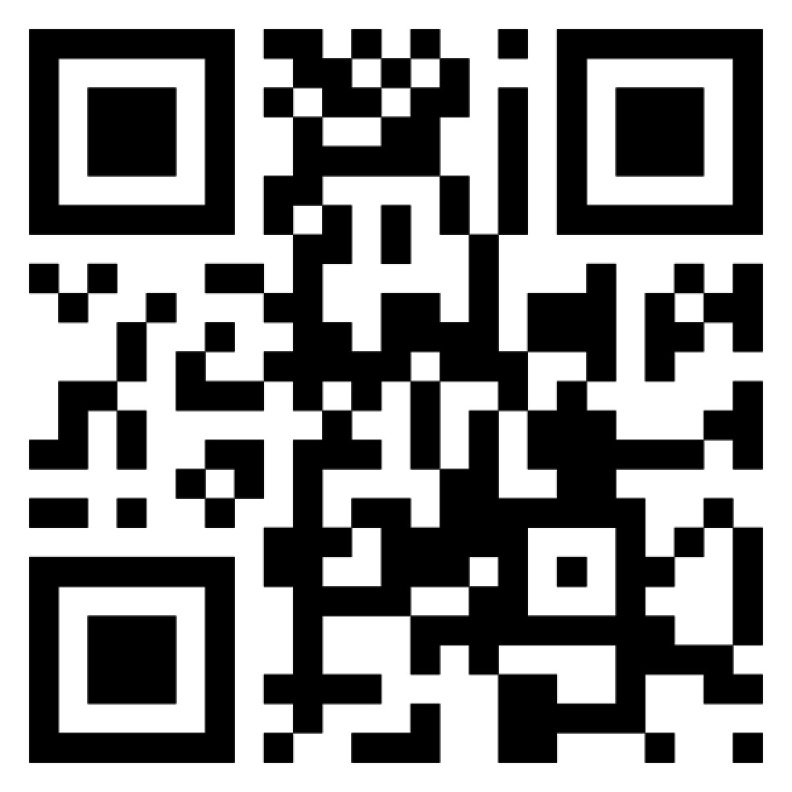- Record: found
- Abstract: found
- Article: found
Curcumin-loaded nanostructured lipid carriers prepared using Peceol™ and olive oil in photodynamic therapy: development and application in breast cancer cell line

Abstract
Purpose
To potentiate the anticancer activity of curcumin (CUR) by improving its cell penetration potentials through formulating it into nanostructured lipid carriers (NLCs) and using the prepared NLCs in photodynamic therapy.
Methods
A 3×4 factorial design was used to obtain 12 CUR-NLCs using two factors on different levels: (1) the solid lipid type at four levels and (2) the solid to liquid lipid ratio at three levels. Olive oil, Tween 80 and lecithin were chosen as liquid lipid, surfactant and co-surfactant, respectively. CUR-NLCs prepared by high shear hot homogenization method were evaluated by determination of particle size (PS), polydispersity index, zeta potential (ZP), entrapment efficiency percent, drug loading percent and in vitro drug release. Optimization was based on the evaluation results using response surface modeling (RSM). Optimized formulae were tested for their in vitro release pattern and for dark and photo-cytotoxic anticancer activity on breast cancer cell line in comparison to free CUR.
Results
Evaluation tests showed the appropriateness of NLCs prepared from glyceryl monooleate and Geleol™ helped choosing two optimized formulae, PE3 and GE3. PE3 (prepared using glyceryl monooleate) showed enhanced release rates compared to GE3 (prepared from Geleol) and superior cytotoxic anticancer activity compared to both GE3 and free CUR under both light and dark conditions. The small mean PS, spherical shape as well as the negative ZP enhanced the internalization of the NLCs within cells. Modulation and inhibition of P-glycoprotein expression by glyceryl monooleate synergized the cytotoxic activity of CUR.
Video abstract
Point your SmartPhone at the code above. If you have a QR code reader the video abstract will appear. Or use:
Most cited references36
- Record: found
- Abstract: found
- Article: not found
Curcumin nanoformulations: a review of pharmaceutical properties and preclinical studies and clinical data related to cancer treatment.
- Record: found
- Abstract: not found
- Article: not found
Effect of Zeta Potential on the Properties of Nano-Drug Delivery Systems - A Review (Part 1)
- Record: found
- Abstract: found
- Article: not found
